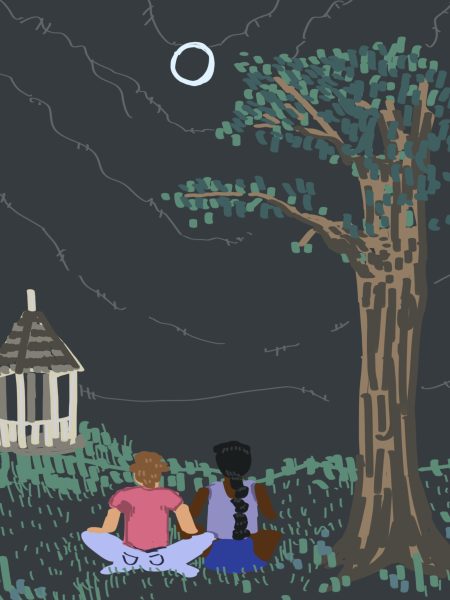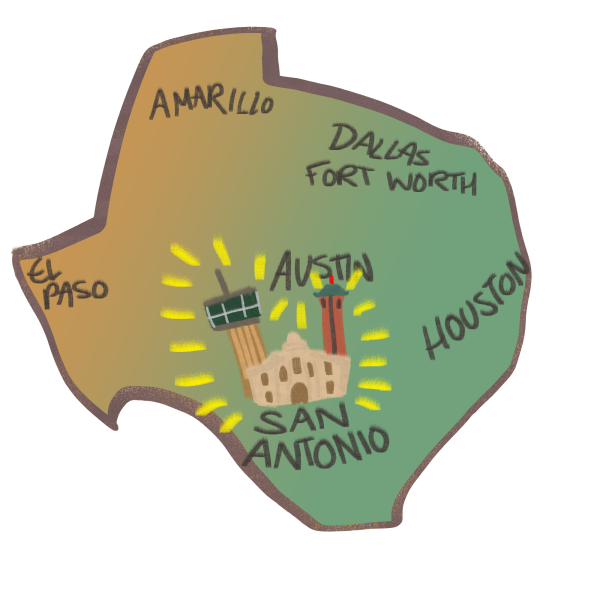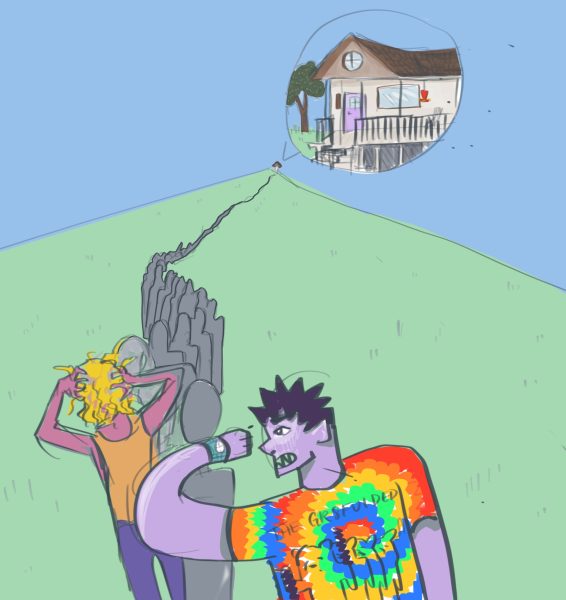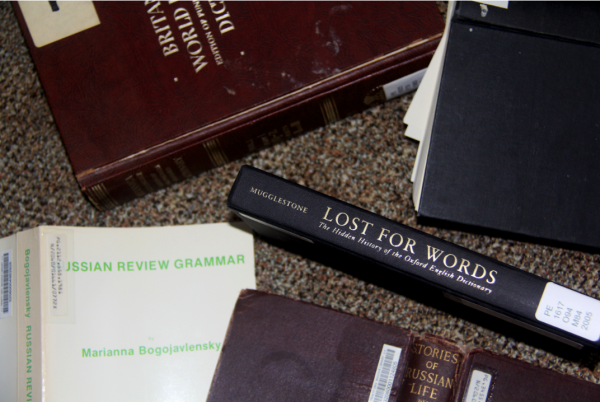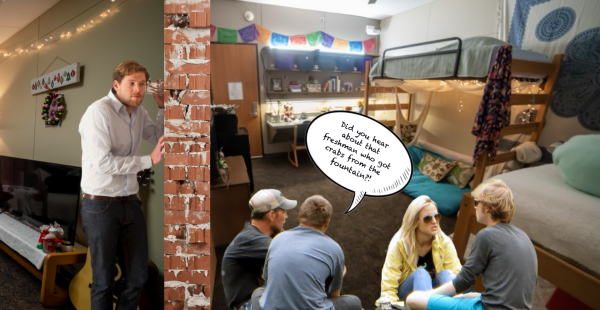When in doubt, look to bread-baking for some comfort
photosAt some point in late April, when everyone was adjusting to being in our homes for an unforeseeable amount of time, I decided that I would make a sourdough starter from scratch. Everyone Online (TM) was either binge-watching Tiger King or making sourdough from scratch; sourdough seemed easier to adapt to my predictably short attention span and also seemed less ethically dubious than Tiger King, as a sort-of vegetarian and graduate of Dr. Rando’s animal studies and modern fiction class last fall. It was time for me to do something: though I was busy enough with my summer research project, I was — and am — still experiencing quarantine-related anxiety and brain fog. Time seemed to slip away. I would wake up at 3 am and suddenly it was 8 pm, and I was becoming uncertain if I had actually attended Trinity University, gone places, or seen other people outside my house, or if the past few years were an elaborate dream, like a CIA psy-op but with more overdue homework. Whatever was happening, it was succeeding at the job of making me extremely sad.
So every day I started a ritual — at around 5 pm, I would fill an oversized orange bowl with whole-wheat flour and warm water, and then I would scrape an unknowable amount away and discard it, at the advice of a suspiciously cheerful blog on organic baking. After a week or two, I put the bubbling mixture in a baking pan and succeeded at creating a loaf that looked more like something from a geology textbook than The Great British Baking Show, and at almost breaking all my teeth off when I bit into the dense, almost completely-whole-wheat crust. This was not a good bread loaf. It was the “US government’s response to COVID-19” of bread loaves, and it was only a bit less likely to accidentally poison me. I threw it away, and resolved to make something better.
What did I want to do better the next time? I wanted to include a better white flour to whole wheat flour ratio in my dough. I wanted to figure out what kneading was and how to shape the dough into a ball instead of a sad football-looking-thing. I wanted to learn how to notice more and react in a healthier way when things seemed to be going wrong. I wanted to do over everything — my loaf of dough, but also the past several months — and appreciate what I had before it was gone. That was sort of a lot to consider and to emotionally project onto my sourdough, so I decided to keep a journal and to try to make focaccia the next day. Focaccia seemed harder to mess up, maybe because the bread is practically fried in olive oil and has a longer rising time than sourdough and you don’t have to do any kneading. Reader, it is my solemn privilege and duty to bore you with bread facts for the duration of this column, you’re welcome.
I was pleasantly surprised when I took the focaccia out of the oven some amount of time later — time is fake, but in baking time is very real and important — and it had a golden, crackling, sort of bubbling crust, and most importantly, it was edible. Maybe it was just a loaf of bread, but it felt like proof (this is also a bread pun, by the way)! Over the summer, I learned how to chart days and weeks by the breads that I had learned how to bake, or at least my haphazard attempts at them. I made challah bread, which I appreciated because it made my hands smell like flour, salt, and sugar, which was almost as wonderful as learning how to braid the dough. I watched a YouTube video of a woman braiding the dough while her toddler laughed in the background. I made whole-wheat bread, French country bread from the King Arthur’s Flour website, and Alexandra Stafford’s “peasant bread” recipe, the last one feeling relevant. I simply think if I were transported back into the medieval era, I would be able to bond with peasants over baking fresh bread, avoiding the plague, and revolting against elected officials! I tried my best to make mallorca bread (unsuccessfully) and croissants (I will never take Starbucks croissants for granted again, because these are so complicated to make). I documented all of my baking adventures online, to remind other people and myself that I existed and was baking cool things. And over time, I got better.
I still haven’t learned how to make sourdough yet. However, I think I’ve made every other type of bread that is possible for someone to make while in their home with limited ingredients and that’s something. Quarantine has been challenging, there’s no doubt about it. The days pass by and sometimes I can’t keep track of it. Not to be cliché, but in a time where everything seems uncertain, there’s something satisfying about knowing that you can develop a tangible skill and make things that weren’t present before in the world. If those things can be baked at 400 degrees and served alongside fresh rosemary and strawberry jam, well that’s just a bonus I can happily live with.



